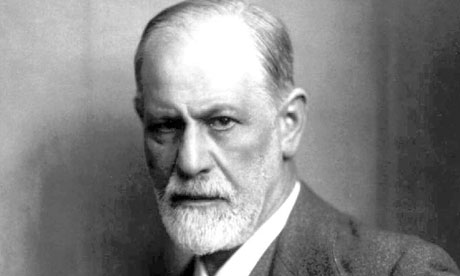Freud’s Unconscious Mind
Sigmund Freud was a famous psychologist, who came up with the psychoanalytic theory of personality. While treating patients for various psychosomatic issues, Freud believed that he discovered the conscious and the unconscious mind. He believed that the unconscious mind is a reservoir of feelings, thoughts, urges, and memories that are outside of our conscious awareness. Most of the contents of the unconscious are unacceptable, such as feelings of pain, anxiety, or conflict. Freud also believed that the unconscious mind continues to influence our behavior and experience even though we are unaware of these underlying influences. He believed that for us to understand human thought and behavior truly, we must examine the unconscious mind through dream analysis, word association, and other psychoanalytic therapy techniques.
When trying to understand the unconscious mind, it can be helpful to compare the mind to an iceberg. Everything above the water represents conscious awareness, while everything below the water represents the unconscious. Consider how an iceberg would look if you could see it in its entirety. Only a small part of the iceberg is visible above the water. What you cannot see from the surface is the enormous amount of ice that makes up the bulk of the iceberg, submerged deep below in the water. The things that represent our conscious awareness are simply, “the tip of the iceberg.” The rest of the information that is outside of conscious awareness lies below the surface. While this information might not be accessible consciously, it still exerts an influence over current behavior.
Freud believed that many of our feelings, desires, and emotions are repressed or held out of awareness. Why? Because he suggested, they were simply too threatening. Freud believed that sometimes these hidden desires and wishes would make themselves known through dreams and slips of the tongue (aka “Freudian slips”). In addition, he also believed that all of our basic instincts and urges were also contained in the unconscious mind. The life and death instincts, for example, were found in the unconscious. The life instincts, sometimes known as the sexual instincts, are those that are related to survival. The death instincts include such things as thoughts of aggression, trauma, and danger. Such urges kept out of consciousness because our conscious minds often view them as unacceptable or irrational. In order to keep these urges out of awareness, Freud suggested that people often utilize several different defense mechanisms to prevent them from rising to awareness.
Sigmund Freud was the first person who emphasized the importance of the unconscious mind, on how it governs the behavior of people. His work was truly ground breaking and very worthy of our continued study.











